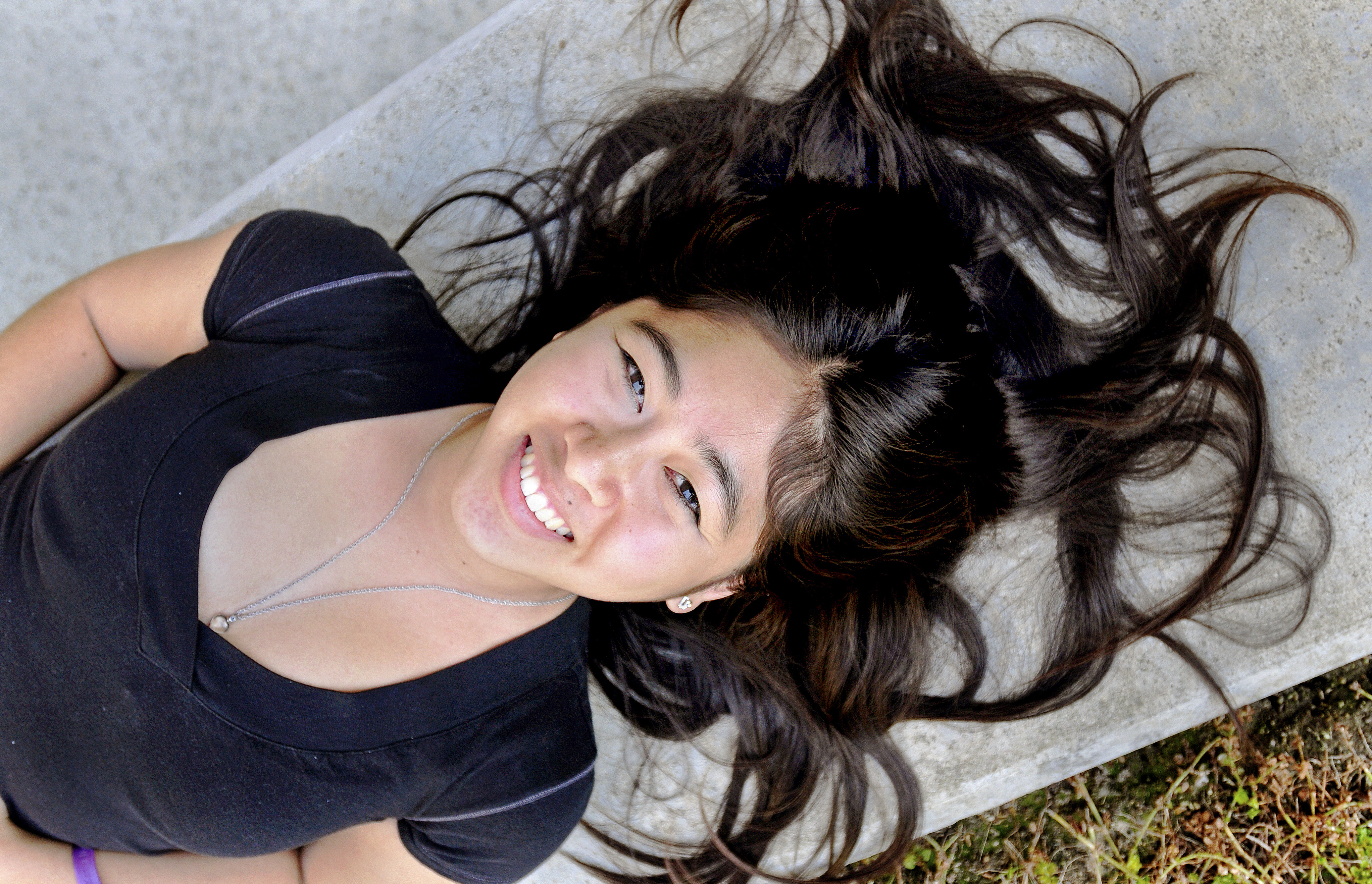For Saori Yonebayashi, constant physical pain has become part of her unwanted daily routine of living with lupus.
“It’s a burning pain,” she said, adding that the pain changes on a daily and even hourly basis. “It’s like a lighter inside your bones, constantly burning and constantly in pain.”
After swimming for years, the second-year physiological sciences student initially thought that her inconsistent joint pains were simply caused by overexertion.
But after a visit to the doctor earlier this year, Yonebayashi was told that she probably had lupus.
“I thought that I could take care of myself,” she said. “I was in denial about something being wrong about my body.”
Yonebayashi recounted her story Thursday at an event in Sproul Hall to draw attention to the disease during Lupus Awareness Month.
Lupus is a chronic autoimmune disease that attacks any tissue in the body, said Dr. Maureen McMahon, an assistant clinical professor at the David Geffen School of Medicine.
The cause of lupus is unknown, although researchers think that environmental and genetic factors may be involved. The disease affects 1.5 million people in the United States and is characterized by a cycle of flares and remissions, meaning patients’ symptoms periodically worsen, causing them to feel greater pain. Symptoms include rashes, joint pain and low blood counts, though McMahon said those with lupus do not necessarily exhibit outward signs of the disease.
“It’s not obvious by looking at someone that they have lupus,” she said. “They might look okay, even if they’re in pain.”
Lupus does not affect all people equally, and women are more susceptible to the disease than men, said Dr. Bevra Hahn, a professor of medicine and the chief of the rheumatology department at the David Geffen School of Medicine. She added that the disease is more common in black and Latina women than white or Asian women. This could be a result of a gene on the X chromosome that might predispose people to lupus, she said.
Even though Yonebayashi has experienced several symptoms of lupus, including chronic joint pain and the discovery of a trace protein in her urine, which indicates that her kidneys are affected, she does not show enough symptoms to receive a full diagnosis.
“My doctor thinks that my case was caught early, or when the disease was inactive,” she said.
Patients are only diagnosed with lupus if they exhibit four out of 11 possible symptoms, McMahon said.
However, she said, the disease takes a while to declare itself and more symptoms could appear over time.
Because of her experience with the disease, Yonebayashi said, she wants to increase awareness of lupus, especially at UCLA. She organized Thursday’s event, where she gave students a brief overview of the disease, as well as shared her own story of living with lupus symptoms.
“It’s definitely a scary disease, but it is manageable,” she said later. “If you have joint pain, you do have control over it ““ people still have normal lives.”
She also wants to start a lupus awareness organization on campus to distribute information.
“It affects millions of people ““ there’s bound to be a least one person that you’re going to know,” she said.
Although there is no cure for lupus, UCLA researchers are trying to find a way to vaccinate current lupus patients to increase the tolerance of their immune systems, Hahn said. With this tolerance, patients’ immune systems will not attack themselves, she said.
Hahn added that researchers have also made progress in the understanding of which genes determine when a patient is affected by lupus and how one responds to the disease. They have also determined the genes that increase susceptibility of lupus.
“(The genes) are all normal, but you’ll have several genes that predispose you,” Hahn said.
Yonebayashi is currently undergoing normal lupus treatment, including Plaquenil, which is a drug used to treat autoimmune conditions, and a heavy dosage of Motrin for her joint pain. She also uses braces or wraps to cover her knees, ankles, hands or elbows when she experiences pain.
She said that the least painful part of the day is when she wakes up. At night, though, the pain can become more severe. As a result, she said, she is usually not able to stay out late because the pain will be worse the next morning.
She also said that she cannot stand for long periods of time and sometimes limps to class.
But in spite of the severity of the disease, Yonebayashi tries to live a normal life by swimming or going to the gym.
“I’ve accepted it, but it didn’t sink in about how it would affect the rest of my life,” she said. “I try not to think about it too much.”
